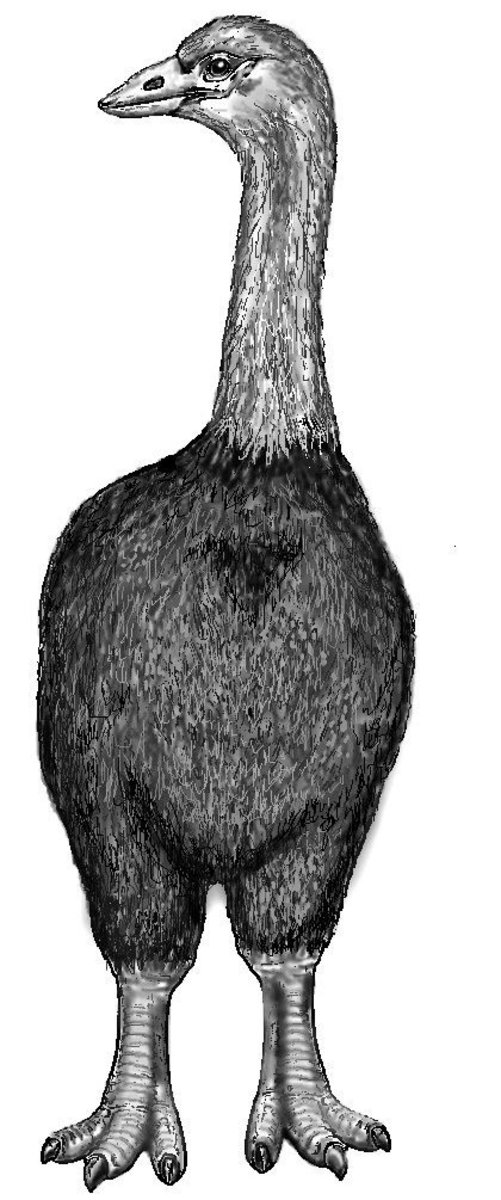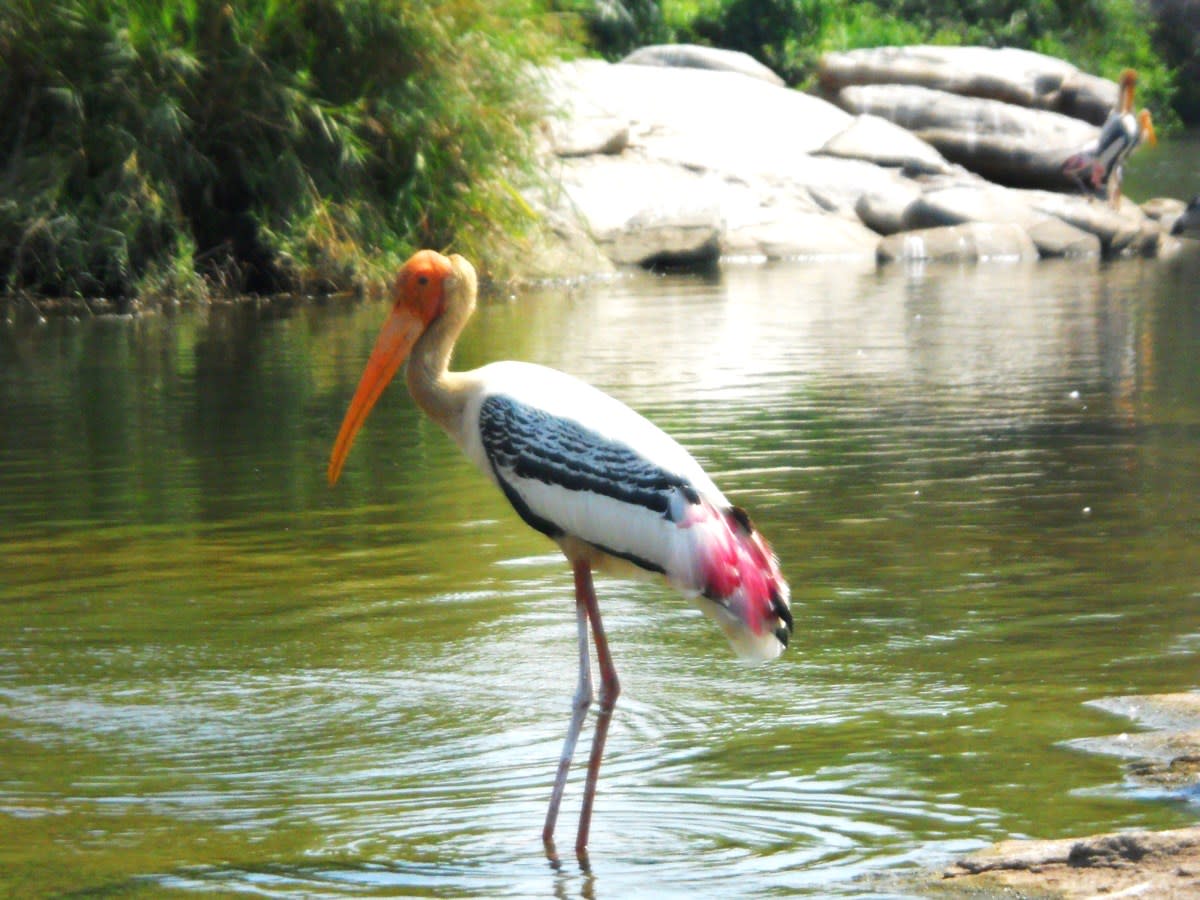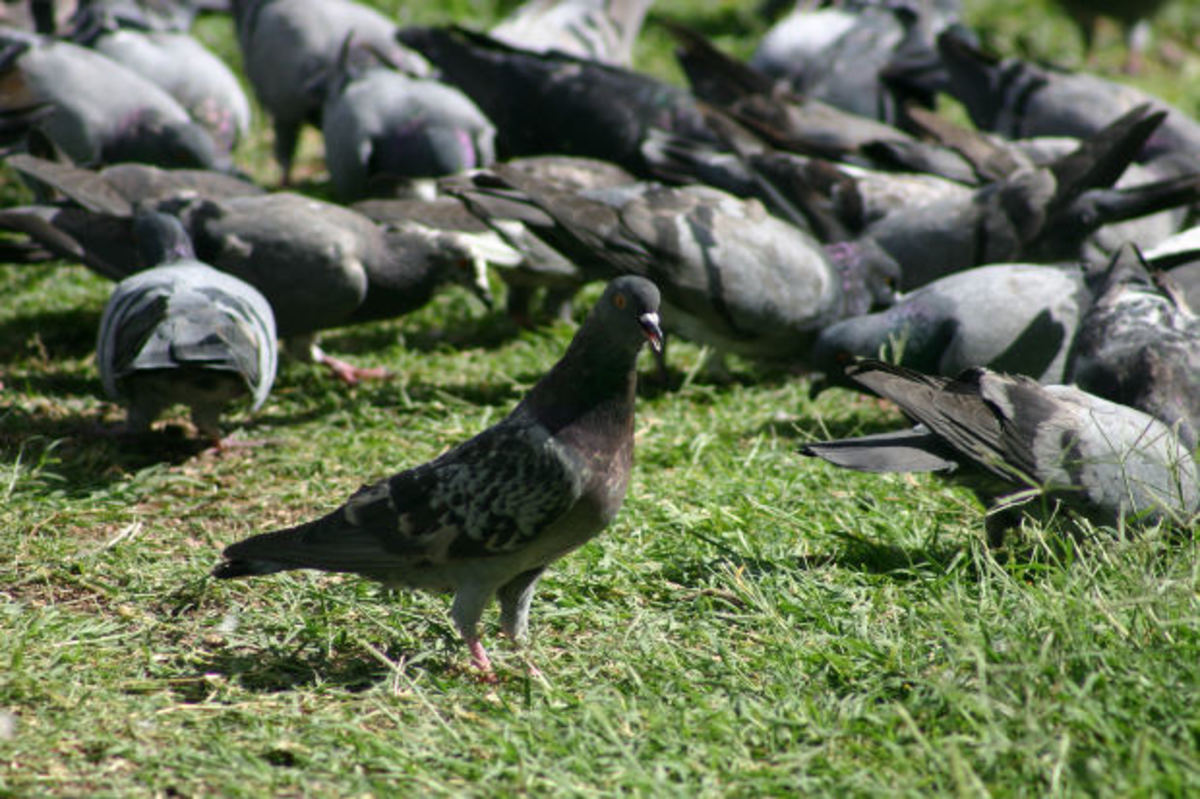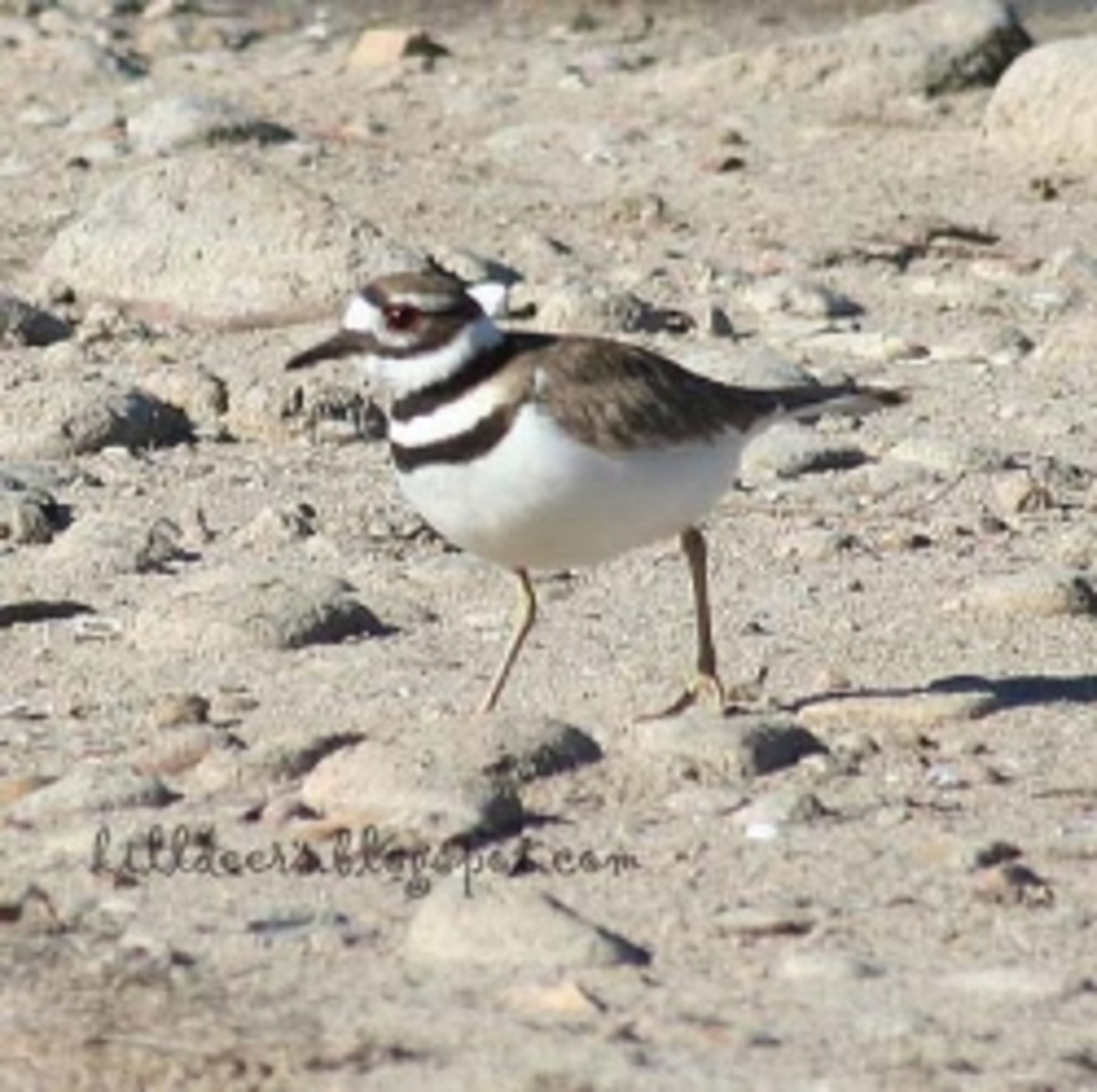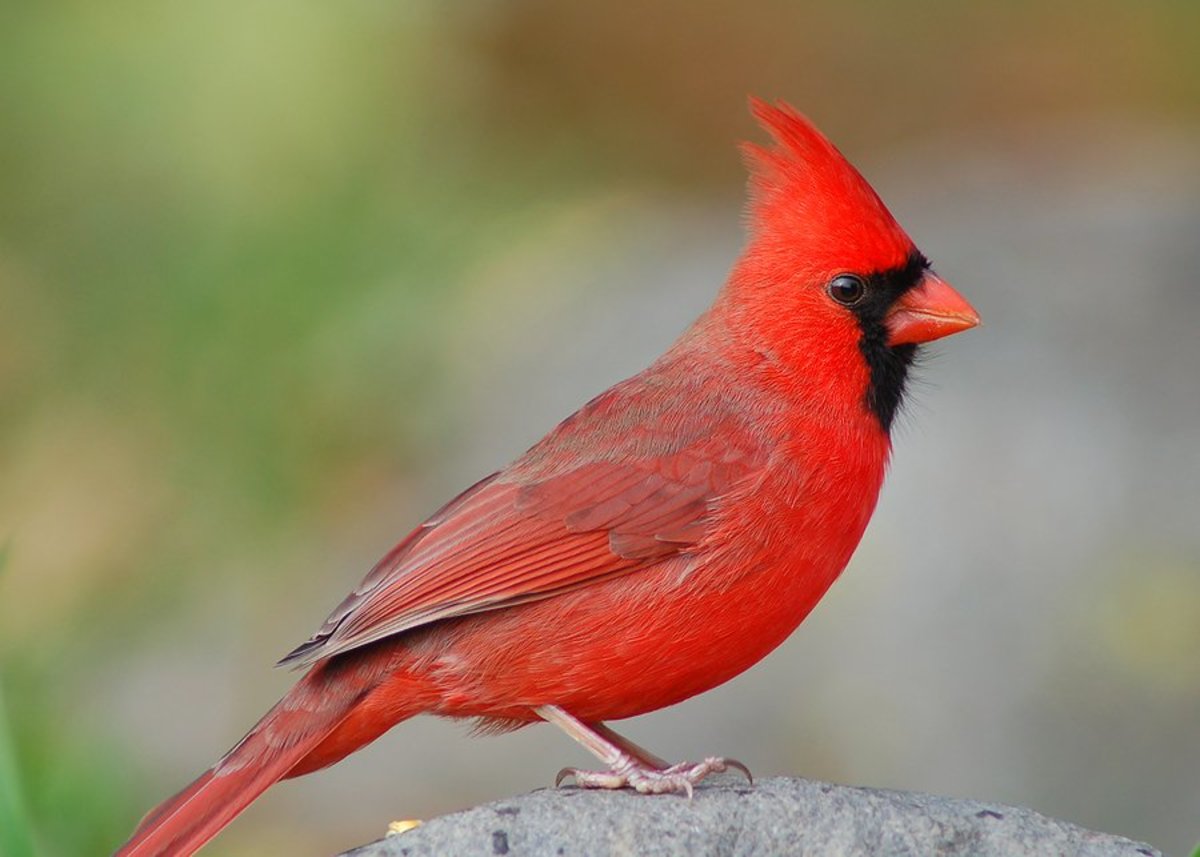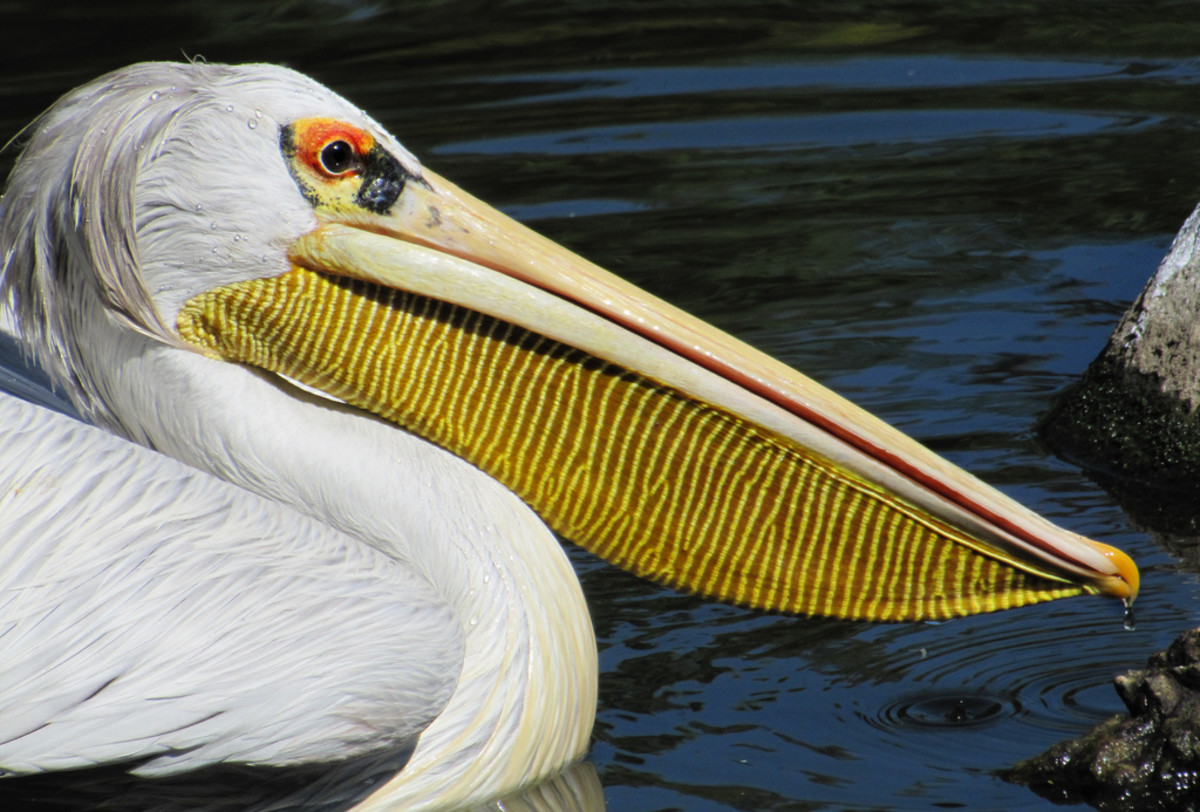Anting: An Ancient and Mysterious Bird Ritual
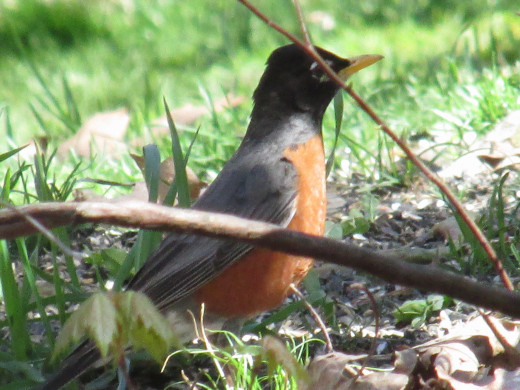
What do robins, marigolds, cigarette butts and ants have in common?
Add to this list: lemons, limes and mothballs. Any ideas?
Lemons, limes and marigolds grow in a garden, and are all natural; but then what about the cigarette butts, mothballs and ants. Any guesses yet?
I won’t keep you wondering any longer. All of these seemingly disjointed objects are used in a mysterious ritual known as “anting”. What in the world is “anting”, you ask?
Wild Birds Are Very Clever
You know, for as long as I can remember, when referring to people who are less than average in intelligence, the phrases ‘bird brain’ and ‘feather head’ are routinely employed. The birds and I take exception to this! In fact, birds often demonstrate their aptitude for performing tasks, playing with found objects, and using tools.
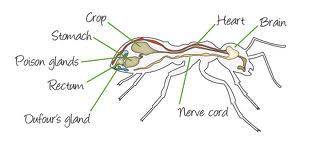
Wild Birds Use Tools!
Anting demonstrates just such a use of ‘tools’. Birds use live ants to ‘squirt’ formic acid onto their feathers. There are a couple of theories as to the real purpose of “anting”, which is used by over 200 species of birds.
Some believe it is a form of prey preparation. Birds somehow realize that before consuming them, it is best to empty the poison sac the ants carry in their abdomen. By squeezing the ant in just the right place, birds avoid damaging the nutrient-rich ‘crop’, and a possible painful attack from the business end of the ant’s pincers. When the ant feels the ‘pinch’, its defense system goes into ‘red alert status’, and out from its poison sac comes formic acid. After combing its feathers, the bird can then safely enjoy a tasty ant hors d’oevre!
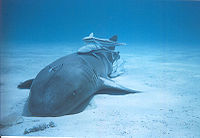
Why Would a Bird Deliberately Stand on an Anthill?
Lots of bird species have been observed as they deliberately stand on, or open their wings across, an ant hill. They are then ‘cleaned’ by the ants as they find all sorts of parasites.
This is similar to the behavior of fish in the ocean. They rely on the remora, also known as ‘the cleaner fish’ to investigate and clear hitchhikers from every inch of their body and fins, including inside their mouths! Think about it: What else could a fastidious creature do when it has no arms?
The accompanying interesting and entertaining short video from bbart007 depicts a robin deliberately standing on an ant hill. Watch as the robin uses the ants to unburden itself of annoying insect infestations.
Entertaining Video from bbart007

Birds Use Other Means of Natural Insecticide
Ants aren’t alone when it comes to the ability to emit insect repellents. If you have ever noticed a pungent and thoroughly repugnant odor while working in your garden, the culprit may well have been a millipede. Emitting foul-tasting chemicals from their ozopores, millipedes are another often-used weapon employed by our feathered friends to help in their fight against pestering bugs.
Video of Bombardier Beetle in Action, from clipcutter
Bombs Away!
Ever heard of a bombardier beetle? They are accurately named! Should a predator dare to harass this amazing bug, it is met with a cloud of hot, toxic chemicals that burn. What’s more, the beetle can actually aim at its target! The beetle uses an enzyme very effectively, by releasing it at the same time as the toxic cloud is ejected. It is equivalent to the caustic reaction you would get if you heated a tiny amount of bleach! Larger animals are not affected, but birds using the beetles to ‘comb’ their feathers gain an awesome layer of repellent.
In this brief video, TheClipcutter has cleverly captured the amazing ‘toxic cloud jetting’ behavior of the nocturnal Bombardier Beetle as ants venture too close for the beetle’s comfort. The videographer uses both real time and slow motion so you can easily see the process.
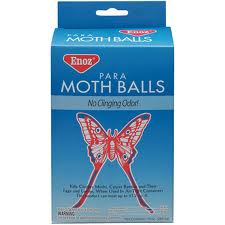
Napthalene found in mothballs is efficient at keeping more than moths at bay; and tobacco extracts have long been part of homemade insect-fighting liquids.
How the birds know that cigarette butts hold toxic usefulness, and mothballs will repel tiny critters is beyond me! It seems there is much more to be learned about these flying wonders than we ever could have imagined.

Pyrethrum Warning from Dirt Doctor
A warning about pyrethrum and its toxicity when combined with PBO* from the Dirt Doctor. Learn more by clicking this link: http://www.dirtdoctor.com/Dangers-of-Pyrethrum_vq2490.htm
*PBO is an ionic compound known as lead monoxide.
More 'Anting' Tools Used By Birds
As to lemons and limes, their rinds have been designed as a protective barrier between the fruit and those insects that would otherwise make short work of it. Bitter chemicals in their skins are so efficient at repelling bugs that they too have been engaged by our clever aviators.
That grand old annual garden standby, the marigold, was and still is commonly planted around the perimeter of a vegetable plot. The purpose, of course, is to deter garden pests from moving past the sentries guarding the precious produce of the interior.
A natural bug killer, pyrethrum found in marigolds and chrysanthemums, does a number on the mite infestations living in birds’ feathers. Do please let me know if you ever witness a bird using marigolds as feather combs. I would be very interested in seeing that as well!
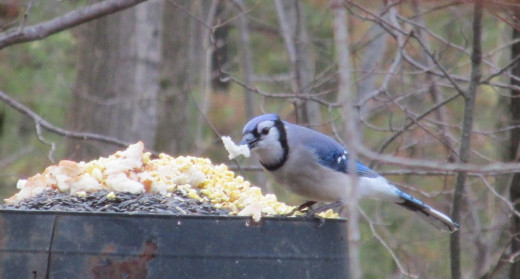
Study by two scientists pointing to the food prep theory:
According to Bird Watching Magazine, October 2013, two researchers at Cornell University wondered what would happen if they presented birds with ants that still had their formic acid sacs intact, as well as those with their poison sacs removed. To make sure the birds had never seen ‘anting’ behavior before, the scientists chose several hand-raised Blue Jays as ‘guinea pigs’.
Their findings seem to support the food preparation theory, because almost all of the ants without poison sacs were immediately eaten. When ants that still had their defensive sacs full of formic acid were given to the Blue Jays, the majority were used for ‘anting’. The birds were somehow aware that the poison sacs were in need of emptying before consuming the tiny critters.
My Opinion:
I believe anting to be an ingenious way birds rid themselves of feather mites, lice and other irritating parasitic critters. Since some have witnessed birds using cigarette butts and mothballs in anting behavior, my totally unscientific ‘gut instinct’ rules in favor of the insecticide theory. The debate rages on as to the actual reason. It is quite possible that one behavior naturally evolved from the other. Until we find an effective way to ‘talk’ to the birds, we will never know for sure.
What's Your Opinion?
Why do birds use ‘anting’? Which theory do you think is correct?
The more I observe and learn about birds, the more awestruck I am. Their unique abilities for coping with their changing environment, and their opportunistic approach to the world continue to be a source of amazement. It's no wonder there are so many bird watchers! I count myself very lucky to be able to appreciate their contributions to and their relationship with our natural macrocosm.

'You can create yard and garden habitats that Help Birds Survive and Thrive'
Read more by visiting grandmapearl.hubpages.com; and
Join me at GrandmaPearlsBackporch to discover more about wildlife in general, and birds in particular.

